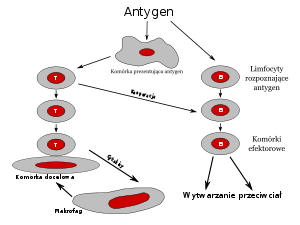Some of the newest therapies in the war on cancer remove the brakes cancer puts on the immune system, Georgia Health Sciences University researchers report.
These immunotherapies, such as CTLA4, strengthen the immune system’s attack on cancer by keeping apart two proteins that prevent key immune cells called T cells from activating.
Research featured on the cover of the Journal of Immunology suggests that these therapies also keep tumors from benefiting from IDO, an enzyme used by fetuses and tumors alike to suppress the immune response.
“This is an alternative way of avoiding the immune system brakes,” said Dr. Andrew Mellor, Director of the GHSU Immunotherapy Center and the study’s corresponding author. “These findings give us better insight into how cancer immunotherapy works so in the future we can better minimize the side effects and maximize the effect we want which is anti-tumor.”
Mellor and Dr. David Munn, who leads the Cancer Immunotherapy Program in the GHSU Cancer Center and co-authored the study, led a research team that in 1998 identified IDO’s role in preventing a mother’s immune system from rejecting a fetus. They subsequently learned that tumors pirate the mechanism. The university has patented technologies to inhibit IDO, which are currently in clinical trials funded by the National Cancer Institute and corporate partners. “Tumors are really good at turning on IDO and after the cancer is found it becomes important to turn it off,” Mellor said.
The study also provides new insight into cancer treatment vaccines that have worked well in the laboratory but are less successful in patients, Mellor said.
It suggests that the quantity of bacterial mimics, which get the attention of the immune system, is pivotal. Mellor and his colleagues showed in 2005 that the bacterial mimic CpG-ODNs can actually activate IDO. The new study confirmed that a lower dose avoided stimulating IDO while higher doses turned it on.
It also may help explain a common cancer vaccine side effect: the immune system’s attack on healthy as well as cancerous tissue.
Bookmark this page for “Cancer Therapies” and check back regularly as these articles update on a very frequent basis. The view is set to “news”. Try clicking on “video” and “2” for more articles.
>








